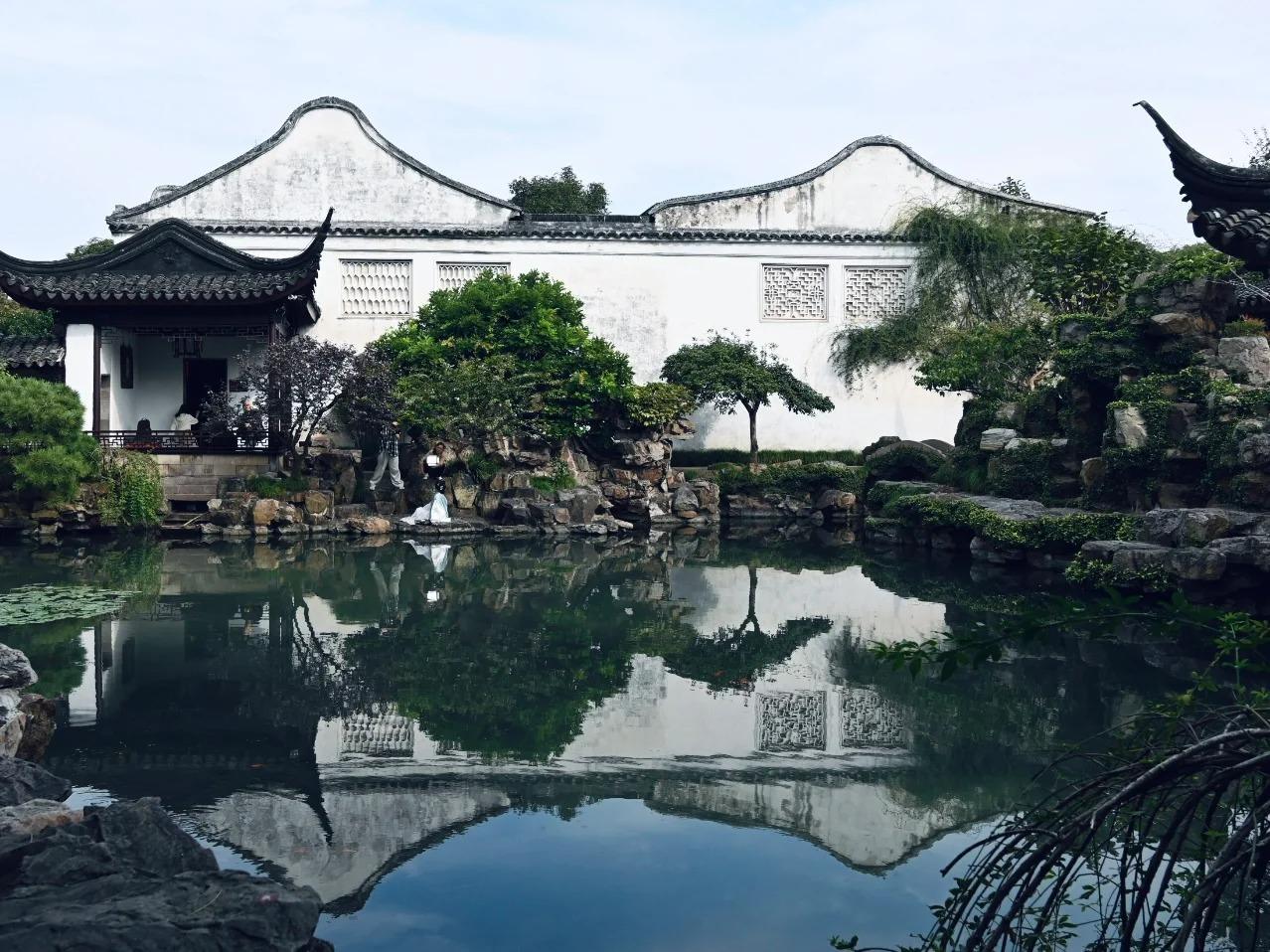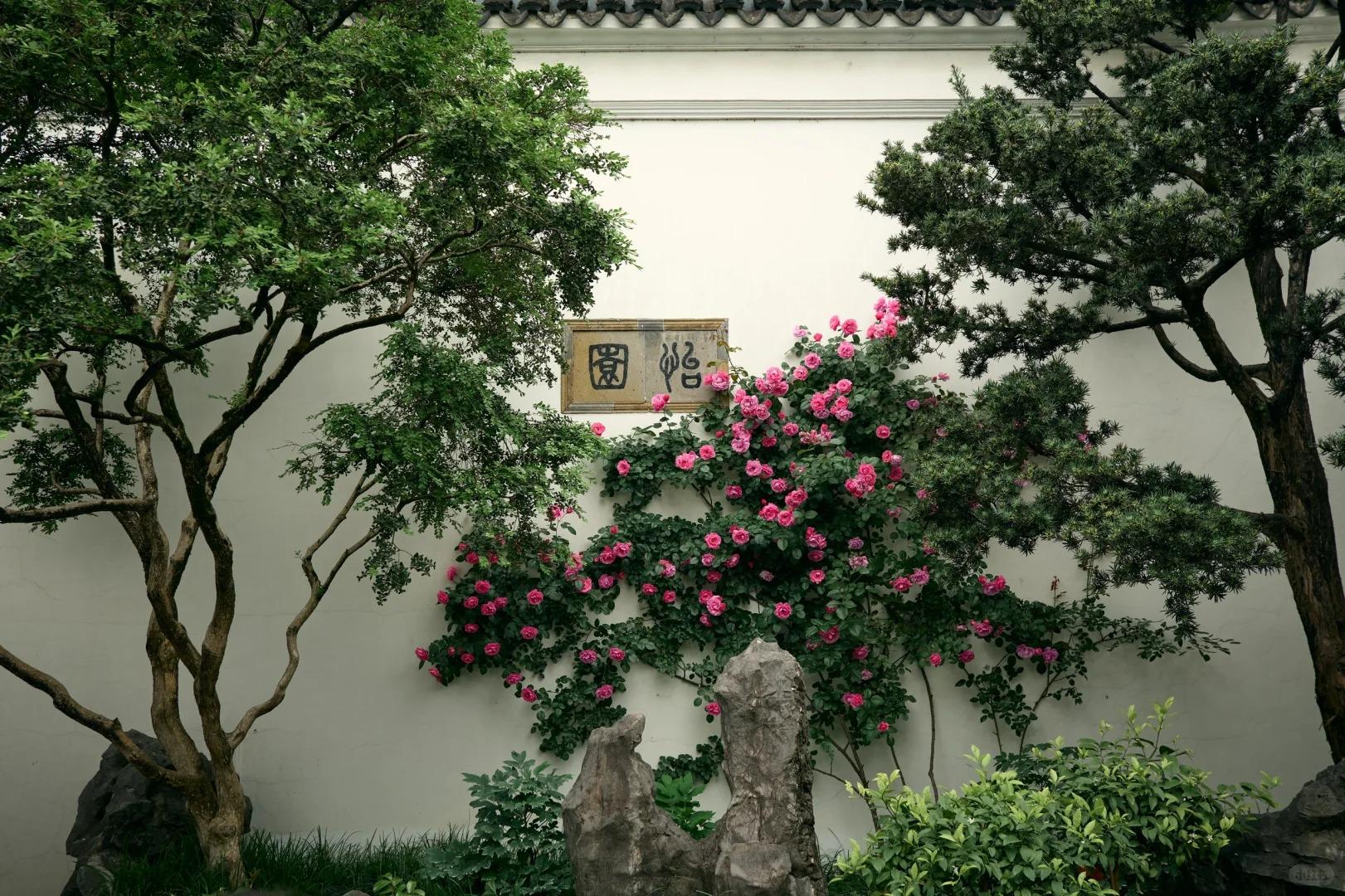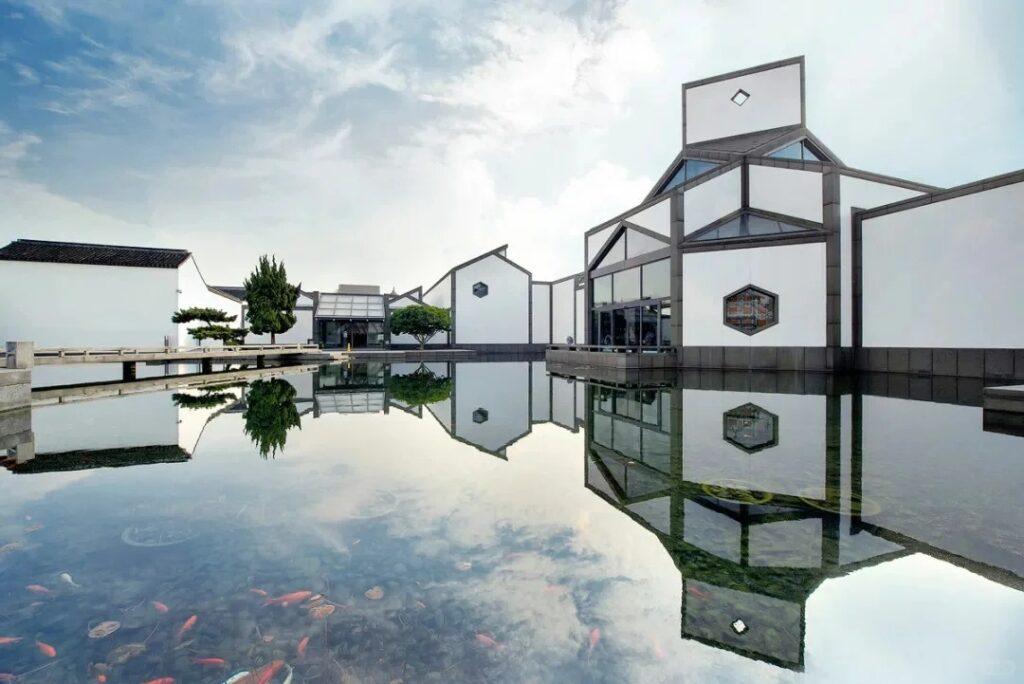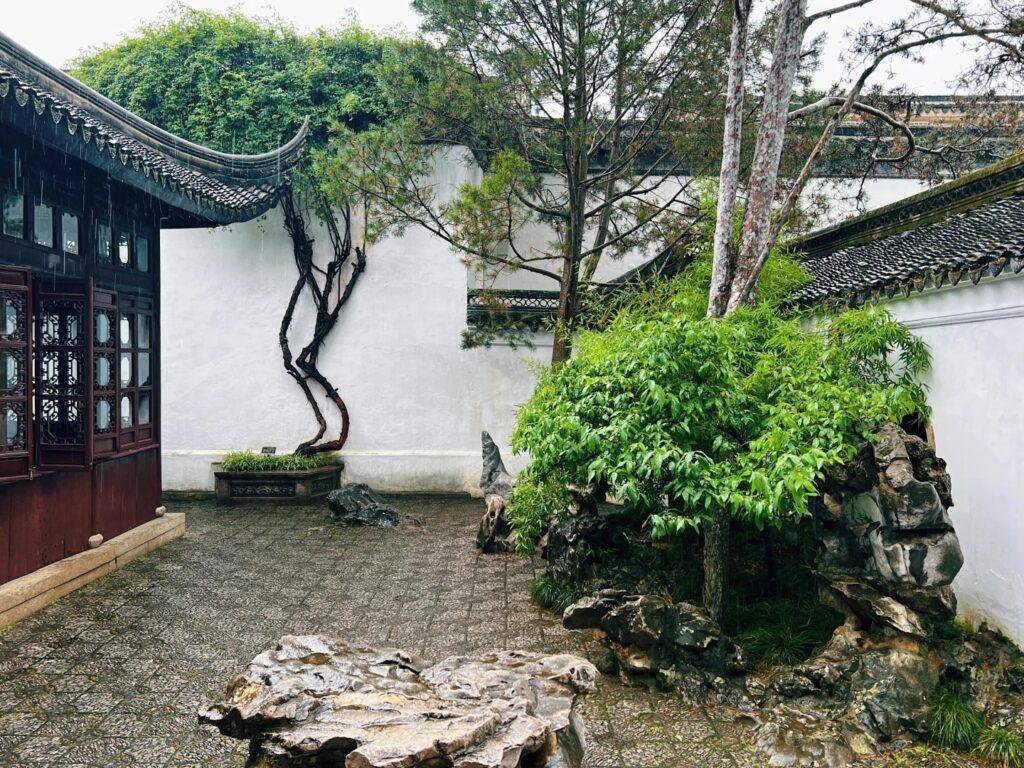Visiting Information
| Information | Details |
|---|---|
| Chinese Name | 苏州古典园林 (Sūzhōu Gǔdiǎn Yuánlín) |
| Location and Address | Various locations in Suzhou, Jiangsu Province, China |
| Opening Time/Hours | Generally 7:30 AM – 5:30 PM (varies by garden) |
| Entrance Fee | Varies by garden, typically CNY 30-90 per garden |
| How to Get There | By Metro: Lines 1, 2, and 4 serve various gardens By Bus: Multiple local bus routes available By Taxi: Easily accessible from anywhere in Suzhou |
| Best Time for Visit | March to May or September to November for pleasant weather |
| Contact Info | +86 512 67575666 (Suzhou Tourism Bureau) Email: Not available |
Overview
The Classical Gardens of Suzhou, located in Suzhou, Jiangsu Province, China, are a collection of exquisitely designed traditional Chinese gardens. Renowned for their artistic landscapes and harmonious integration of natural and man-made elements, these gardens are considered masterpieces of Chinese landscape garden design. Nine of these gardens have been collectively designated as a UNESCO World Heritage Site, representing the pinnacle of Chinese garden art from the 11th to 19th centuries.
Historical Background
The history of Suzhou’s classical gardens dates back over 1,000 years to the Tang Dynasty (618-907 AD). However, most of the existing gardens were created during the Ming (1368-1644) and Qing (1644-1911) dynasties. These gardens were primarily built by scholars, government officials, and wealthy merchants as private retreats for contemplation, socializing, and artistic pursuits. Over the centuries, they have inspired countless poets, painters, and intellectuals, playing a significant role in Chinese cultural and artistic development.
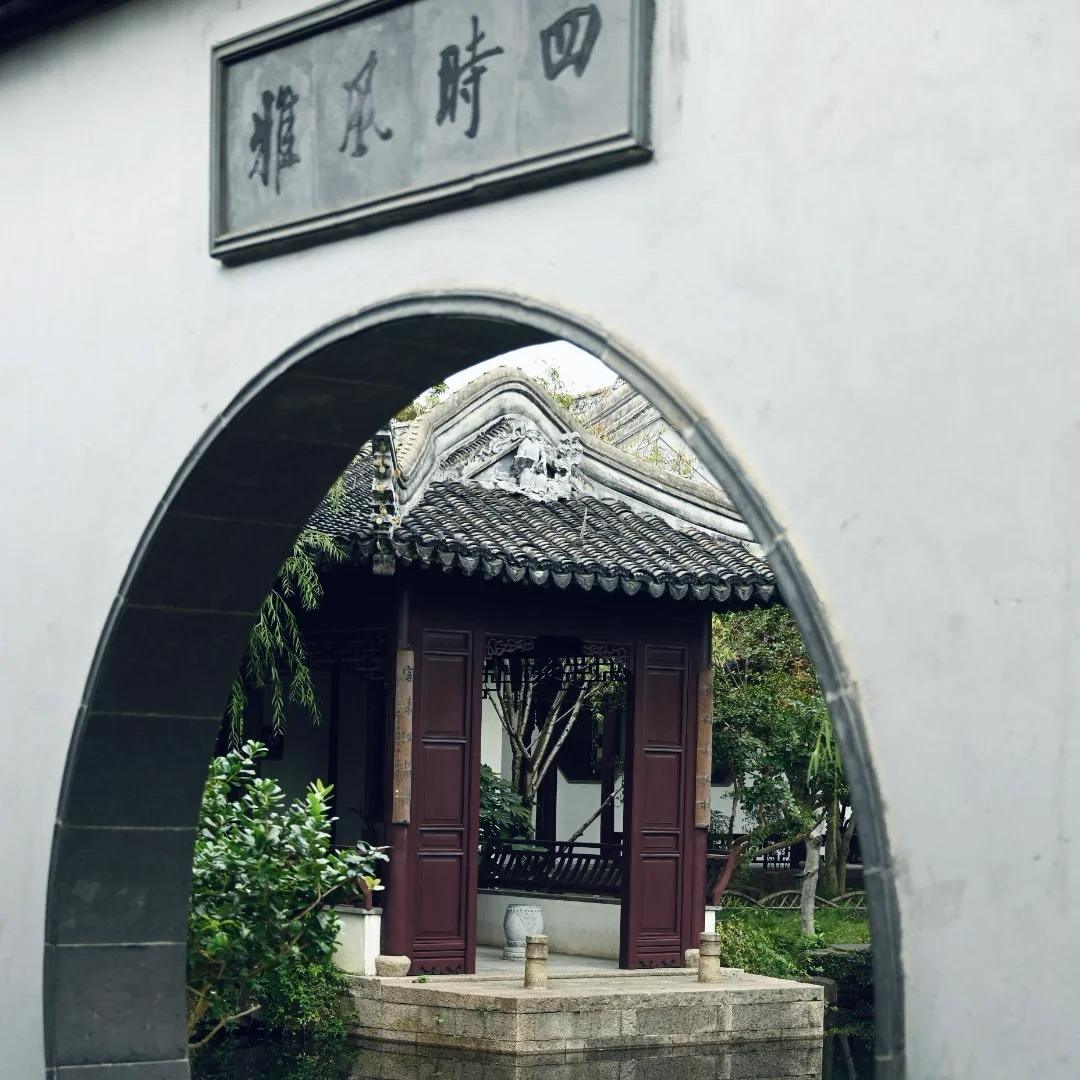
Architectural Features
- Water Features: Ponds and streams are central elements in Suzhou gardens, symbolizing the life-giving properties of water. These features are often adorned with lotus flowers and inhabited by colorful koi fish, creating a sense of tranquility and natural beauty.
- Rock Formations: Intricately arranged rock formations, known as “garden mountains,” are key components of Suzhou gardens. These artificial landscapes represent mountains and serve as focal points, often featuring unique shapes and textures that invite contemplation.
- Pavilions and Halls: Elegantly designed buildings are strategically placed throughout the gardens, providing spaces for relaxation, entertainment, and enjoying views. These structures often feature intricate woodwork, upturned eaves, and poetic names that reflect their purpose or surroundings.
- Winding Paths: Carefully laid out pathways meander through the gardens, revealing new vistas and creating a sense of discovery. These paths often feature decorative paving patterns and are designed to guide visitors through a series of carefully composed scenes.
- Plant Arrangements: A diverse array of plants, including bamboo, pines, plum trees, and flowering shrubs, are thoughtfully arranged to create year-round interest and symbolize various virtues in Chinese culture. The placement of vegetation is carefully considered to frame views and create a harmonious balance with other garden elements.
Cultural Importance
The Classical Gardens of Suzhou hold immense cultural significance in China and globally. They embody the essence of traditional Chinese philosophy, emphasizing the harmony between humans and nature. These gardens have profoundly influenced Chinese art, poetry, and landscape design for centuries. As repositories of Chinese gardening wisdom, they continue to inspire modern landscape architects and artists worldwide. The gardens also serve as important venues for cultural events, traditional performances, and the practice of Chinese arts such as calligraphy and painting.
Surrounding Attractions
- Pingjiang Road: This well-preserved historical street runs parallel to a canal, offering a glimpse into old Suzhou. Visitors can enjoy traditional architecture, boutique shops, tea houses, and local cuisine while strolling along the picturesque waterway.
- Suzhou Museum: Designed by renowned architect I.M. Pei, this modern museum showcases Suzhou’s rich cultural heritage. It houses an extensive collection of ancient Chinese art, including paintings, calligraphy, and ceramics, presented in a striking contemporary building that complements the city’s traditional architecture.
- Tiger Hill: This scenic area is home to the famous Yunyan Pagoda, also known as the “Leaning Tower of China.” The hill features beautiful landscapes, historical sites, and fascinating legends, making it a popular destination for both its natural beauty and cultural significance.
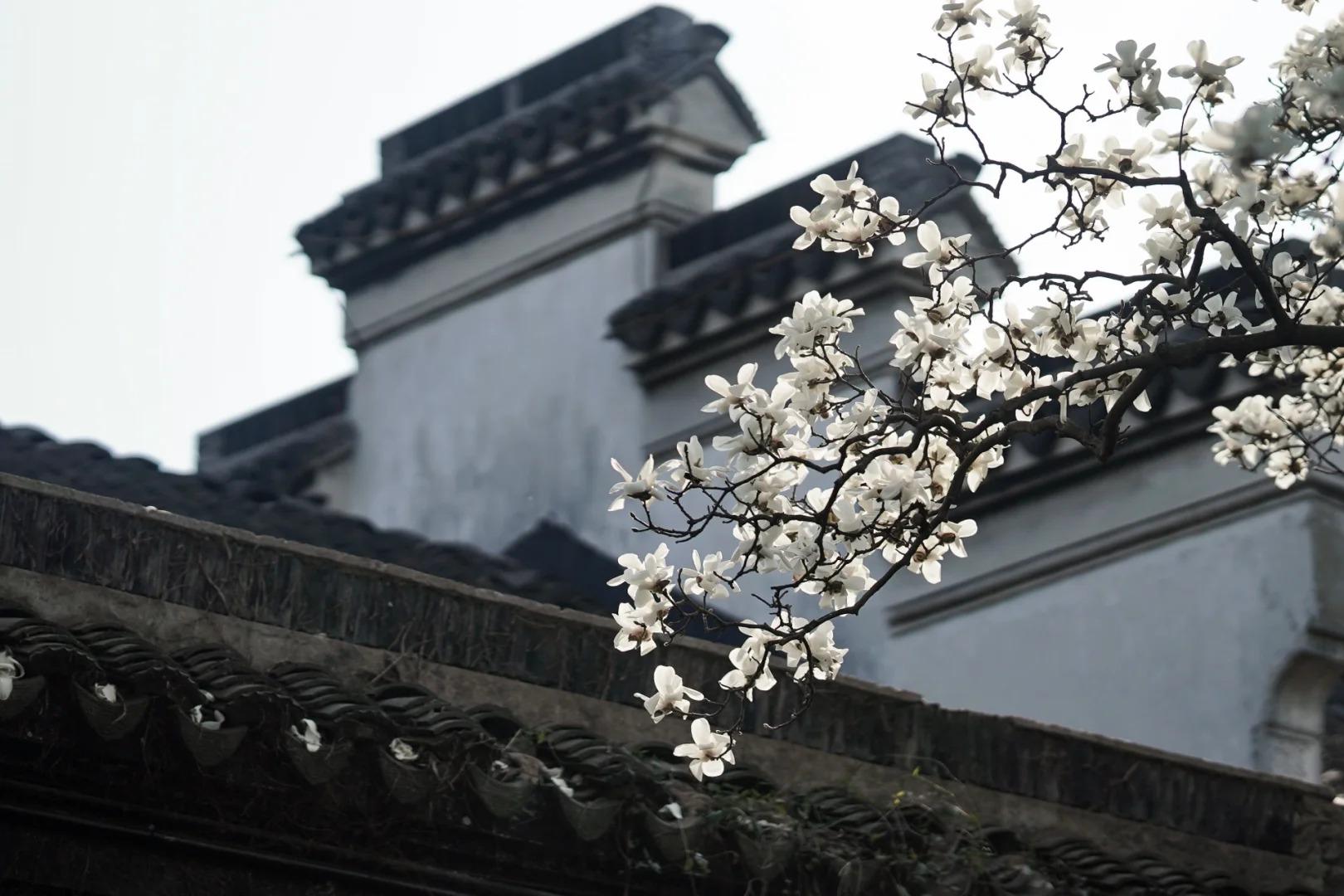
Photography Opportunities
- Reflections in Water: The tranquil ponds and streams in the gardens offer excellent opportunities for capturing reflections of pavilions, bridges, and surrounding vegetation, creating stunning symmetrical compositions.
- Framed Views: The gardens are designed with numerous “borrowed views” and framed scenes. Photographers can capture these carefully composed landscapes through moon gates, windows, and strategically placed openings in walls.
- Seasonal Beauty: Each season brings unique photographic opportunities, from spring blossoms and summer lotuses to autumn foliage and winter snow-covered landscapes, allowing for diverse and captivating imagery throughout the year.
Modern Importance
- Cultural Heritage Preservation: The Classical Gardens of Suzhou play a crucial role in preserving traditional Chinese garden design and architecture. They serve as living museums, allowing visitors to experience and study centuries-old landscaping techniques and philosophical concepts.
- Tourism and Economic Impact: As major tourist attractions, the gardens contribute significantly to Suzhou’s economy, drawing millions of visitors annually and supporting local businesses, hotels, and restaurants.
- Educational Resource: The gardens serve as invaluable educational resources for students, researchers, and practitioners in fields such as landscape architecture, Chinese history, and cultural studies, offering hands-on learning experiences and research opportunities.
- Inspiration for Contemporary Design: The principles and aesthetics of Suzhou’s classical gardens continue to inspire modern landscape and architectural design, both in China and internationally, influencing the creation of harmonious and sustainable urban spaces.
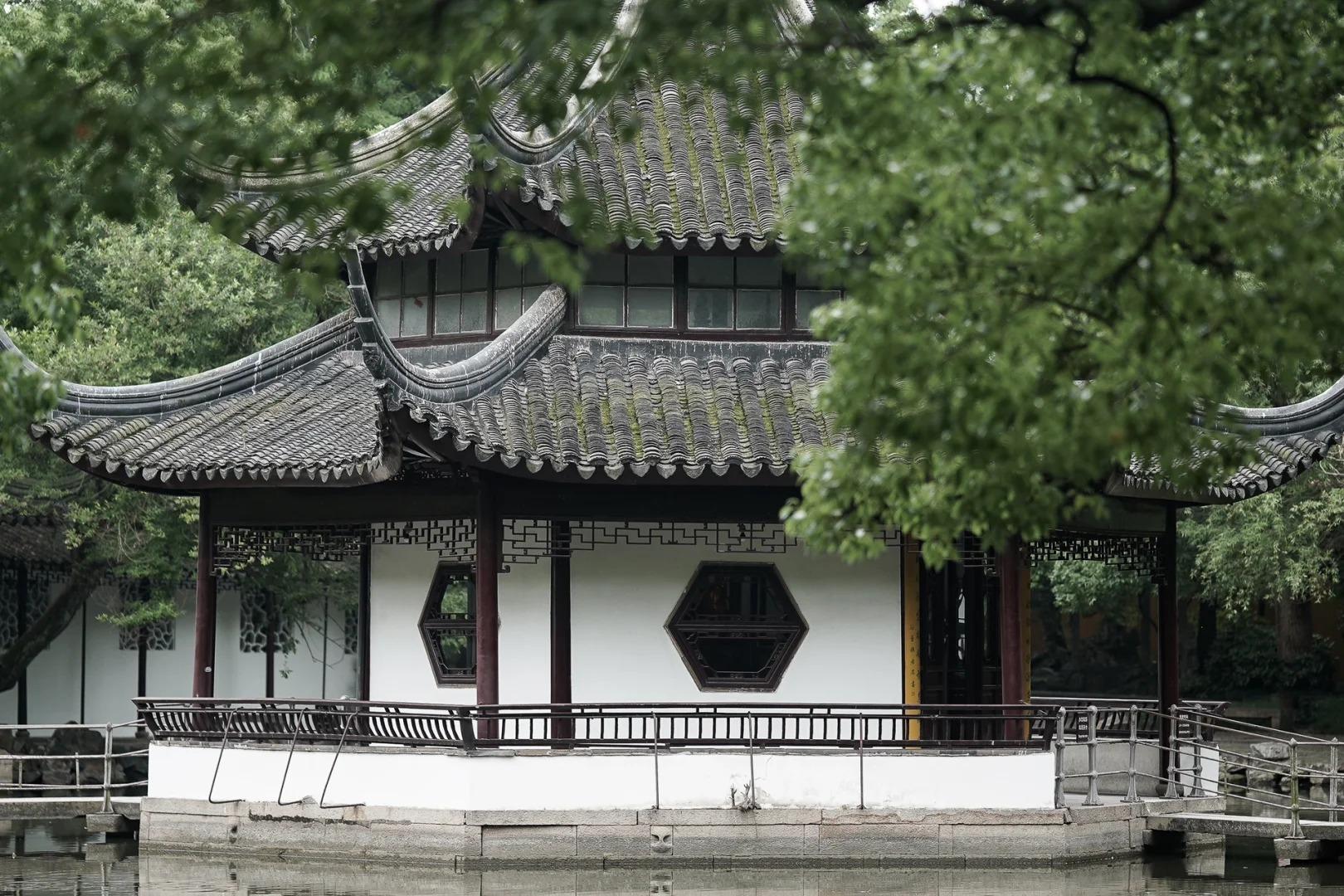
FAQ
- What are the Classical Gardens of Suzhou famous for?
The Classical Gardens of Suzhou are famous for their exquisite design, harmonious integration of natural and man-made elements, and representation of traditional Chinese landscape garden art. They are recognized as masterpieces of garden design and are UNESCO World Heritage Sites. - What’s inside the Classical Gardens of Suzhou?
Inside the Classical Gardens of Suzhou, visitors can find meticulously designed landscapes featuring water features, rock formations, pavilions, winding paths, and carefully arranged vegetation. Each garden has its unique layout and features, often including ponds, bridges, teahouses, and areas for contemplation and artistic pursuits. - Are the Classical Gardens of Suzhou free?
No, the Classical Gardens of Suzhou are not free. Each garden typically charges an entrance fee, ranging from CNY 30 to 90, depending on the specific garden and its size. - Are the Classical Gardens of Suzhou worth visiting?
Yes, the Classical Gardens of Suzhou are definitely worth visiting. They offer a unique insight into traditional Chinese culture, art, and philosophy, and are considered some of the finest examples of Chinese garden design in the world. - What to do in the Classical Gardens of Suzhou?
In the Classical Gardens of Suzhou, visitors can explore the intricate landscapes, admire the architecture, enjoy peaceful walks, take photographs, participate in traditional cultural activities (when available), and learn about Chinese garden design and philosophy. - How do I get to the Classical Gardens of Suzhou in the local city?
In Suzhou, you can reach the Classical Gardens by using the city’s metro system (Lines 1, 2, and 4 serve various gardens), taking local buses, or using taxis. Many of the gardens are located in the old town area and are within walking distance of each other. - How to visit the Classical Gardens of Suzhou?
To visit the Classical Gardens of Suzhou, plan which gardens you want to see (popular ones include the Humble Administrator’s Garden and Lingering Garden). Purchase tickets at each garden’s entrance. Consider hiring a guide or using audio guides for deeper insights. Wear comfortable shoes and allow plenty of time to explore each garden fully. Visit early in the day to avoid crowds, especially during peak tourist seasons.


